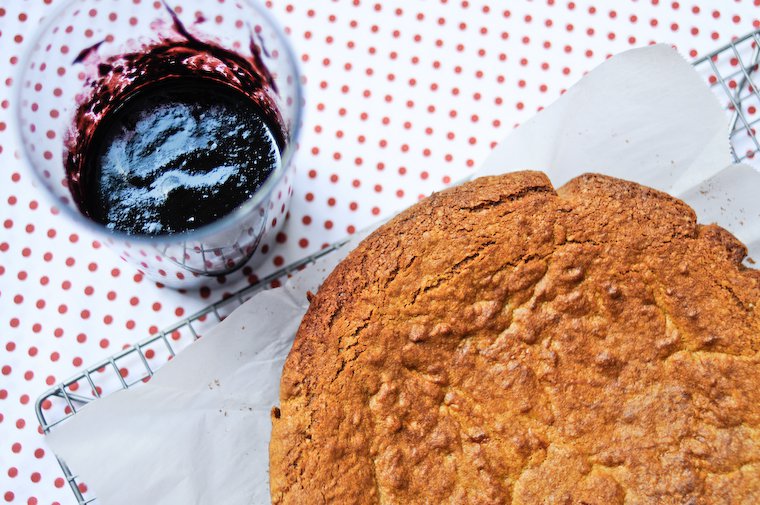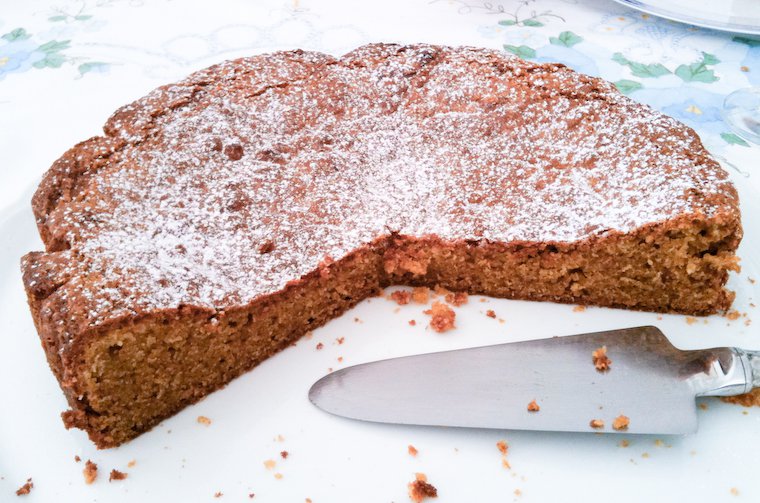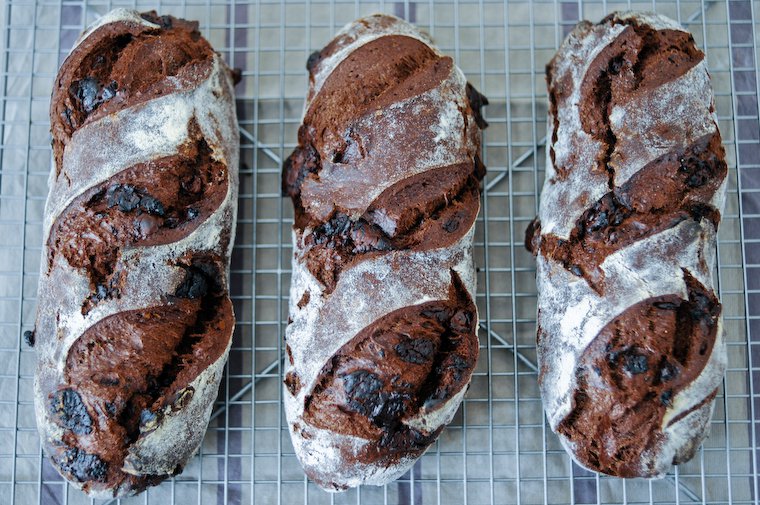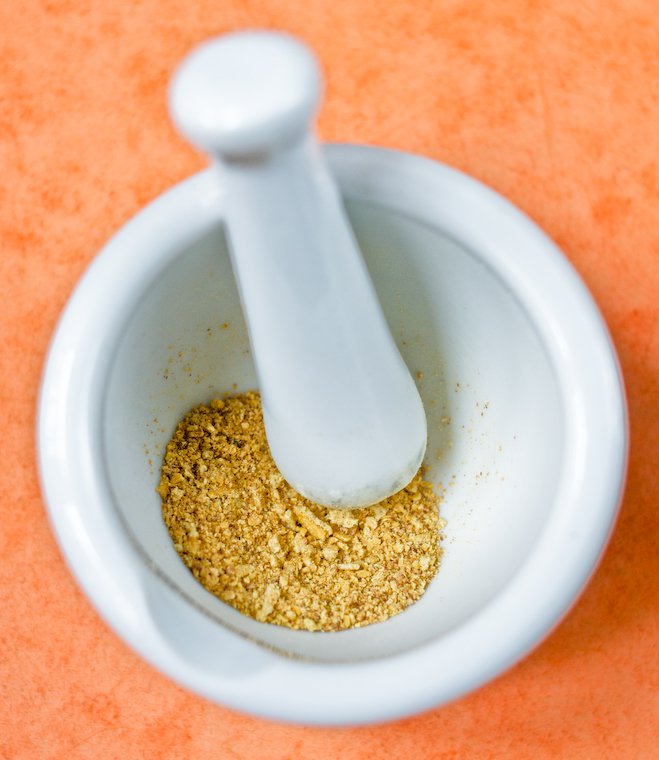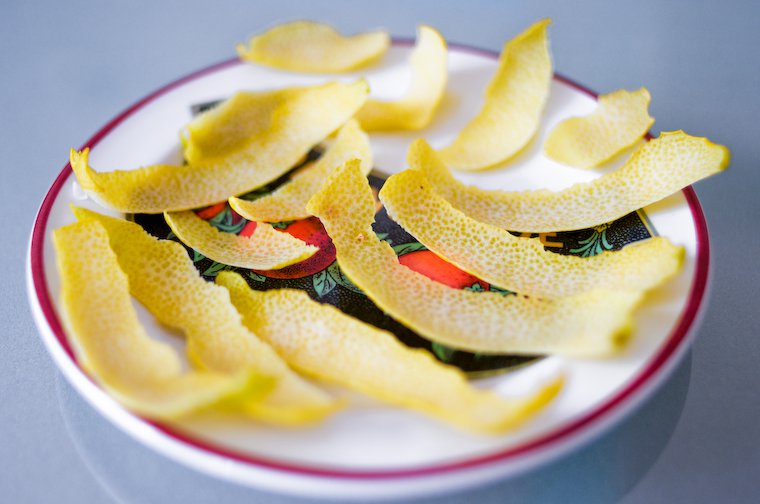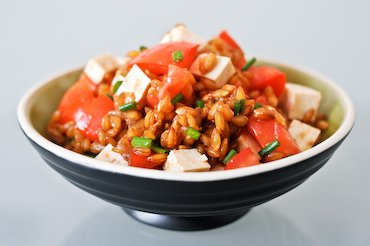
My weekday lunches revolve around salads like this one, built on grains, fresh vegetables, some sort of protein element, and fresh herbs. I prepare a few servings at a time, and that conveniently takes care of lunch for the next couple of days.
I do try to mix things up so as not eat the same thing all the time, but I admit I’ve become a little fixated on this particular one lately: it is full of flavor, refreshing and filling, with a satisfying mix of textures from the fleshy tomatoes and the chewy grain.
The cereal I am using is petit épeautre (literally, small spelt), an ancient cousin of spelt that goes by the Latin name Triticum monococcum or the common English name einkorn wheat.
Petit épeautre was one of the first cereals cultivated for food*; it is a nutritious grain that thrives on arid, mountainous grounds where little else will grow. The one I buy, an organic petit épeautre de Haute Provence grown in the Southeast of France, is said to have been grown unchanged — without cross-breeding that is — in the area for 9,000 years**. It is protected by a geographical indication, and it hopped aboard the Slow Food Ark of Taste a few years ago.
Einkorn wheat has long been displaced by higher-yield crops, but it is regaining a little popularity in France and elsewhere, as conscious eaters try not to rely so heavily on common wheat, and also because it has been suggested that the grain, although not gluten-free, might be safe for gluten-intolerant patients. (I’ll hasten to note that more research is needed and it is too early to be taking any risks, but these initial findings are hopeful.)
Einkorn wheat is worth seeking out, but if you can’t find it, feel free to substitute spelt (Triticum spelta) or emmer wheat (Triticum dicoccum, a.k.a. farro) here, depending on what’s available locally.
While the tomatoes and petit épeautre are permanent fixtures of this salad, the third wheel varies according to what’s on hand: I like it with firm tofu, as pictured, but it is also very good — perhaps better — with feta or mozzarella. You’ll also note that I add a touch of ground cinnamon to the seasoning mix; I like the spicy tickle it brings.
[sc:cinnamon_note]* See Alternative Wheat Cereals as Food Grains, G.F. Stallknecht, K.M. Gilbertson, and J.E. Ranney, 1996.
** If you understand French, I recommend reading this interview with einkorn wheat producer Etienne Mabille.



